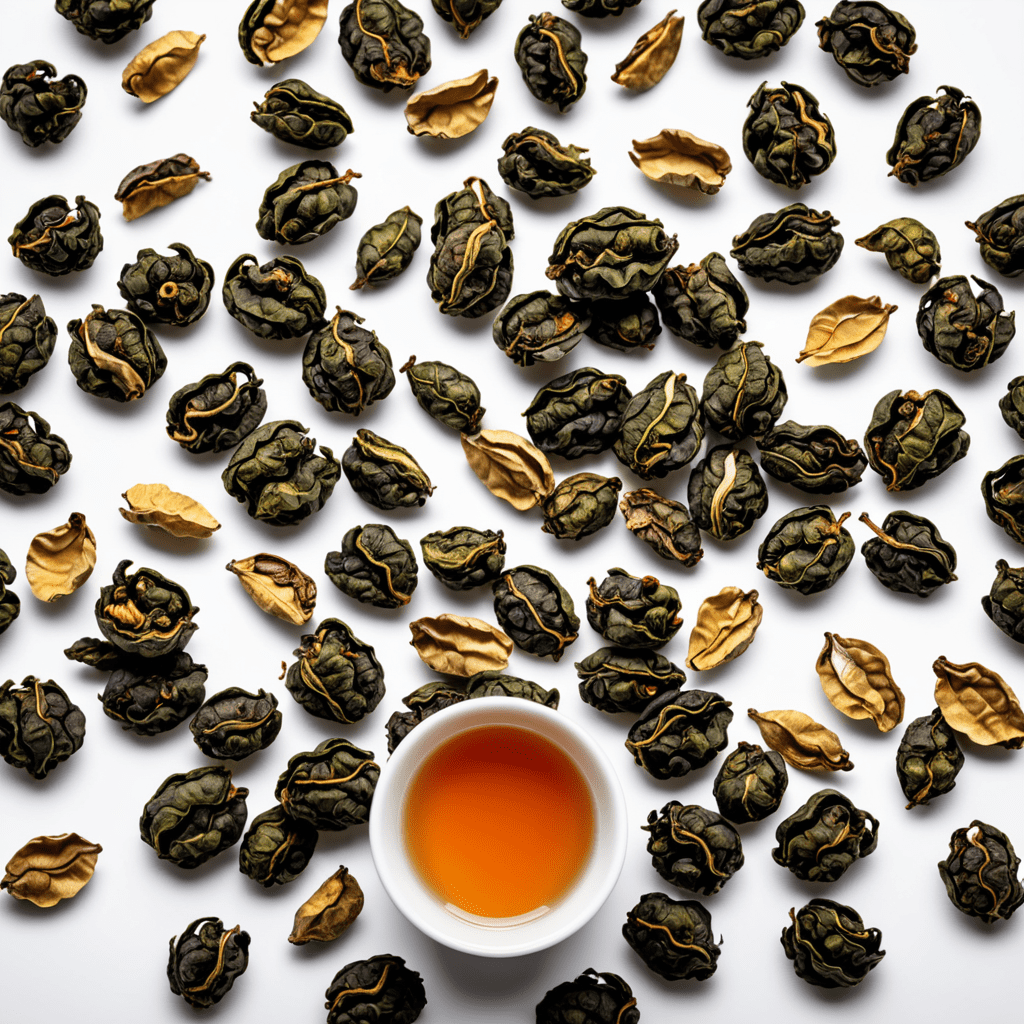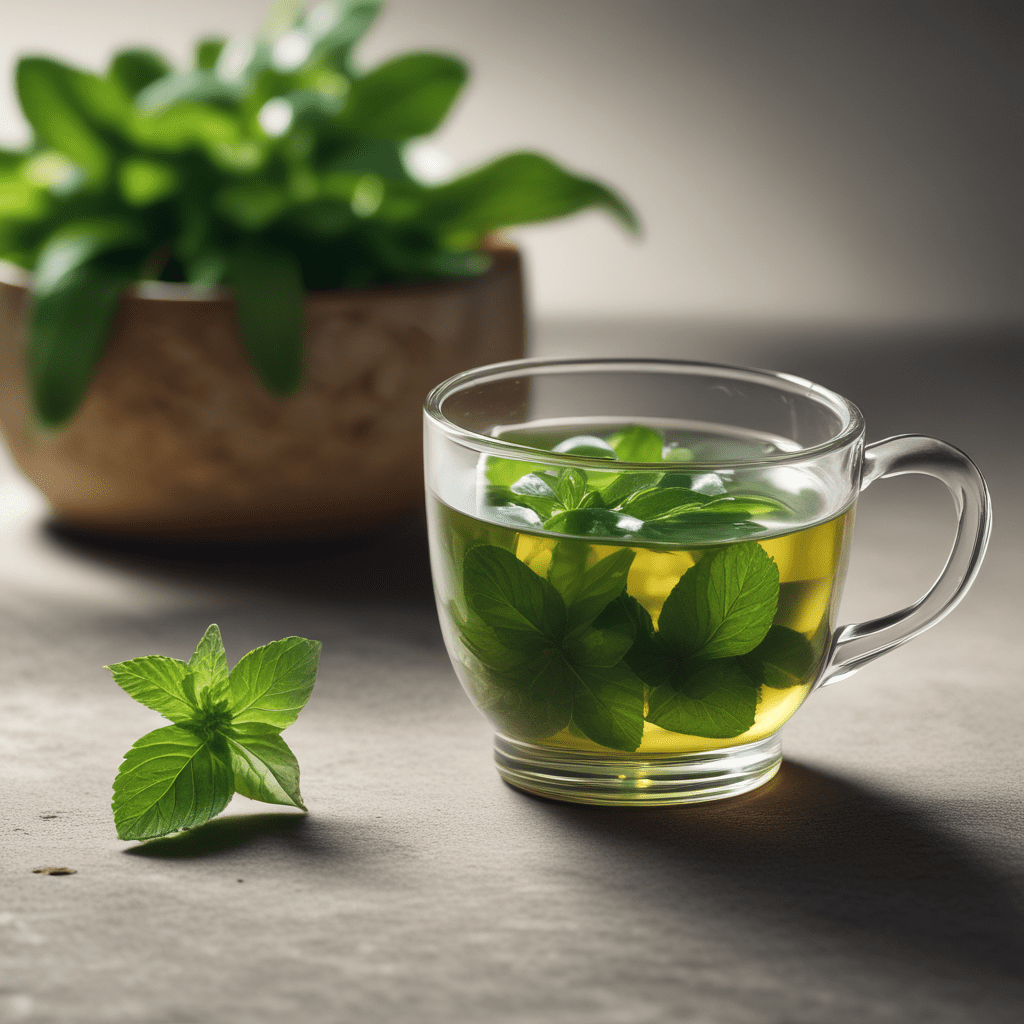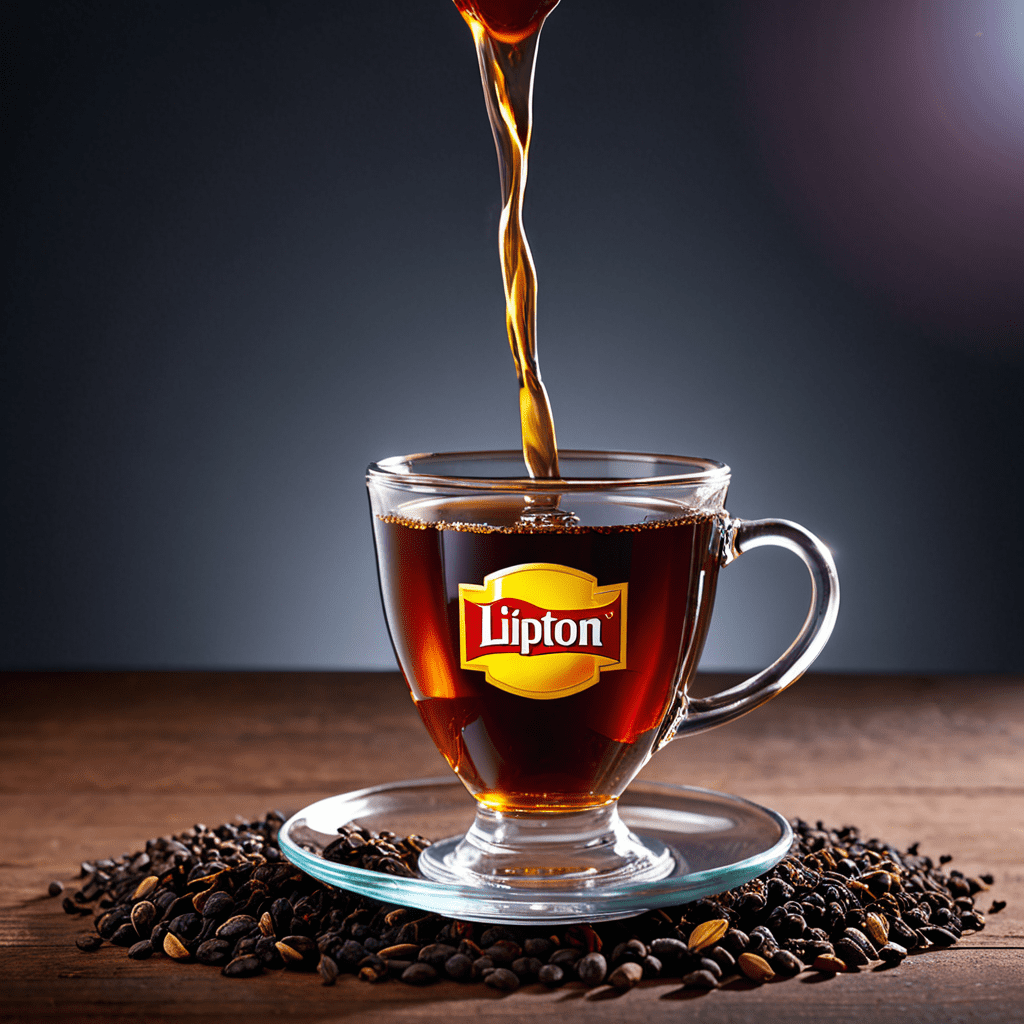Oolong Tea: A Tea with Character
Oolong tea, known for its delightful aroma and unique flavor profile, holds a special place in the world of tea connoisseurs. This traditional Chinese tea falls between green and black tea, undergoing a partial oxidation process, resulting in a diverse range of flavors. Let’s explore the intriguing characteristics and benefits of this captivating tea.
The Origins of Oolong Tea
Originating in China, the birthplace of tea, Oolong tea boasts a rich history dating back centuries. The intricate process of crafting Oolong involves withering the tea leaves under the sun, oxidizing them, and then firing to halt oxidation. This meticulous process contributes to the unique flavors and aromas that set Oolong tea apart from other varieties.
Flavor Profiles of Oolong Tea
Oolong tea offers a wide array of flavors ranging from floral and fruity to toasty and earthy notes. The extent of oxidation influences the taste, with lighter Oolongs leaning towards a fresh and floral profile, while darker Oolong teas have a richer, more robust taste with hints of honey or nuts.
The Benefits of Oolong Tea
Besides its enticing flavor, Oolong tea provides various health benefits. Rich in antioxidants, Oolong tea supports weight management, improves heart health, boosts metabolism, and enhances mental alertness. Its moderate caffeine content offers a gentle energy lift without the jitters often associated with coffee.
How to Brew the Perfect Cup of Oolong Tea
To savor the full character of Oolong tea, it’s crucial to brew it correctly. Use freshly boiled water around 190-200°F and steep the leaves for 2-4 minutes, adjusting based on the desired strength. Experiment with multiple infusions to experience the evolving flavors of Oolong tea with each steep.
Pairing Oolong Tea with Food
The versatile nature of Oolong tea makes it an excellent companion for various cuisines. Lighter Oolongs complement seafood and salads, while darker varieties pair well with roasted meats and rich desserts. The tea’s nuanced flavors can elevate the dining experience, making it a favorite among food enthusiasts.
Exploring Different Varieties of Oolong Tea
From the floral notes of Tie Guan Yin to the bold flavors of Da Hong Pao, Oolong tea offers a diverse range of options for tea aficionados to explore. Each variety has its own story, influenced by terroir, processing techniques, and traditions, adding an element of adventure to every sip.
FAQ About Oolong Tea
What is Oolong Tea?
Oolong tea is a traditional Chinese tea known for its partially oxidized leaves, crafting a unique blend between green and black tea. This tea boasts a wide range of flavors and aromas, making it a popular choice among tea enthusiasts.
How is Oolong Tea Different from Other Teas?
Oolong tea stands out due to its intricate production process, which involves withering the leaves under the sun and oxidizing them before heat-fixing. This creates a spectrum of flavors, from floral and fruity to creamy and toasty, not found in other teas.
What Are the Benefits of Oolong Tea?
Oolong tea is rich in antioxidants, vitamins, and minerals, known to boost metabolism, promote weight loss, and improve heart health. It may also aid digestion, improve mental alertness, and support overall well-being.
How Should Oolong Tea be Prepared?
To brew the perfect cup of oolong tea, use water just below boiling point (180-200°F) and steep the leaves for 2-4 minutes. The brewing time can vary based on the specific type of oolong tea and personal preference for strength.
Does Oolong Tea Contain Caffeine?
Yes, oolong tea


